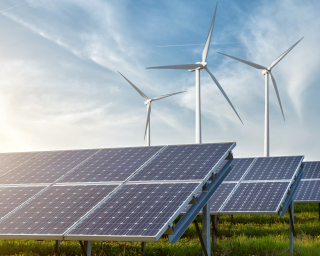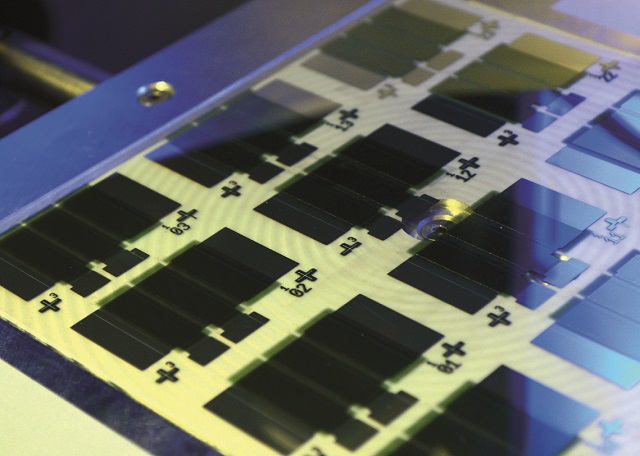With energy demand growing worldwide and greenhouse gas emissions on the rise, a sustainable energy supply is increasingly gaining in importance. Energy production must become more climate-friendly and at the same time give us greater independence from fossil fuels, power and heating. Renewable energies are one of the most important electricity sources and their expansion represents a central cornerstone of the energy turnaround.
We are developing processes for more efficient energy generation from sun, wind, hydropower, biomass and geothermal energy. Our laser-based solutions for organic photovoltaics, which have already successfully made the leap into industrial production, are a prime example. We also focus our research and development work on functional and high-performance coatings, such as wear-resistant coatings for hydropower plants or heating layers on wind turbine blades to protect against icing.
 Fraunhofer Institute for Material and Beam Technology IWS
Fraunhofer Institute for Material and Beam Technology IWS
